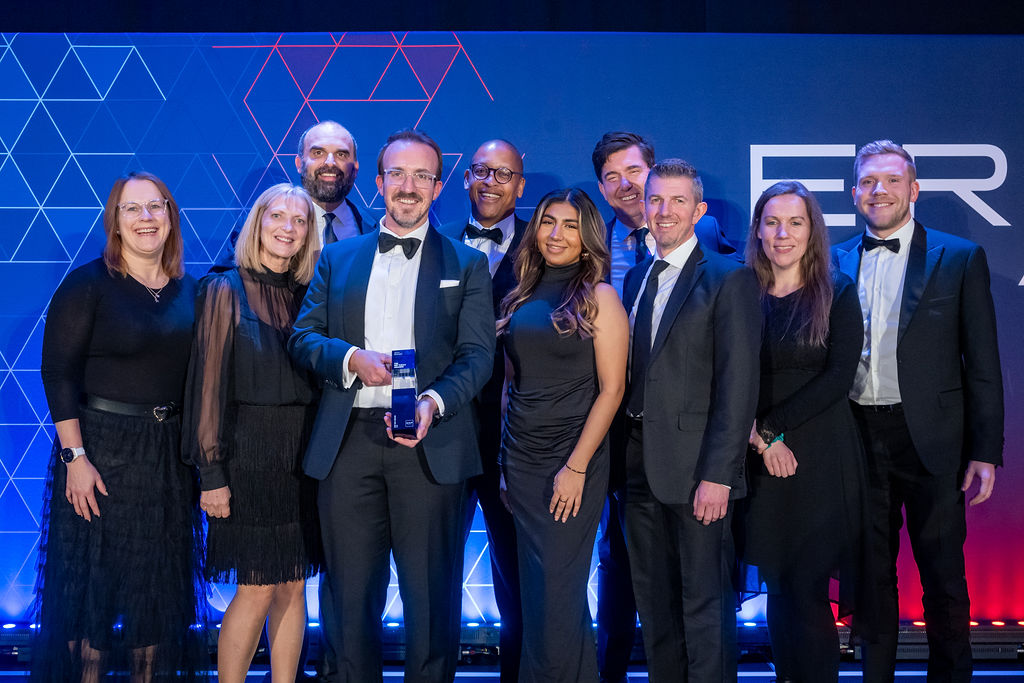We are caught in the throes of an environmental crisis and businesses are under tremendous pressure from customers, investors, employees and regulators to reduce the negative impact of their carbon greenhouse gas emissions.
Increasingly, the C-suite is expected to deliver a profitable, sustainable and low carbon business transformation that complies with the ever-increasing number of Environmental, Social and Governance (ESG) rules and regulations.
The central question is no longer why, but how?
Tracking Emissions: you can’t manage what you can’t measure
Publicly listed companies are increasingly required to disclose their greenhouse gas (GHG) emissions and climate-related risks, not only within their own business operations but along their value chain.
But the reality is that only ten percent of companies have a comprehensive view of their greenhouse gas emissions and their impact across the entire value chain and up to two-thirds of them do not report on scope three emissions, where typically 80 percent of emissions are.
What’s more, companies estimate an average error rate of 30 percent to 40 percent in the measurements they do make, as they rely on averages calculated in Excel spreadsheets or one-off tools making comparing the data across companies a difficult task.
The current accounting system for supply chain emissions, the rules and approaches used to calculate these emissions, relies on data that often lacks accuracy, granularity and comparability.
Carbon accounting is still often done using spreadsheets and semi-automated tools that use estimates and averages for carbon footprints.
This needs to change, not only to fulfill tightening reporting requirements, but also to support companies in making investment decisions and differentiating products and services based on carbon intensity as much as price and quality.
Enterprises need the ability to track actual emissions and an accounting system for emissions that is auditable, transparent and as reliable as financial accounting.
We need to redefine ‘resource’ in enterprise resource planning (ERP) and extend our understanding of resources beyond financials.
Introducing transactional carbon accounting in the Cloud
Companies should start treating carbon like money and managing sustainability data with the same rigor as financial data. Only with such a system in place is it possible to accelerate decarbonization while recovering costs associated with high-carbon output.
Real, measured and credible emissions data must be accessible and passed along the value chain from one company to the next, tied to specific products and services in the form of a carbon invoice.
Transactional carbon accounting brings carbon emissions and finance transactions together beyond reporting, uniquely enabling decisions to drive sustainable business transformation.
The journey to a Green Ledger
Transactional carbon accounting is enabled when an enterprise can record and report an act on carbon in sync with financial data for every business transaction. To do that, you need to apply the same rigor to managing carbon as you do with money.
This means being able to set carbon budgets at cost center level and to control carbon plans in the same way you control financial plans.
Ultimately, you need to embed carbon into business decision making at the point where a decision is made. Here are three steps to enabling this:
Manage your sustainability footprint
Before you can reduce carbon emissions from across your business and value chain, you first have to understand what those emissions are.
Calculating carbon flows at a company, process and product level across Scope one, two and three emissions is based on available input data. At least until accurate data is available from all participants and a flexible carbon management solution can be used to aggregate actuals and to fill in the blanks with indirect calculation following the GHG Protocol methodology, to calculate the total footprint.
With this baseline in place, companies can begin to reduce their climate risk and make progress towards their climate commitments by better adhering to and reporting on rapidly changing standards.
They can also achieve operational excellence by dramatically improving the speed, accuracy and efficiency of emissions calculations and management.
Ensure accurate and timely sustainability data
It is estimated that over 80 percent of a company’s carbon footprint is in scope three emissions from their hidden in the value chain, and most businesses depend on a network of suppliers to aggregate real measured carbon footprint data.
Securely gathering actual carbon emissions directly from these partners is critical.
Ensuring that this data is standardized and consistent across companies means leveraging the carbon data interoperability standards established by the Partnership for Carbon Transparency (PACT).
Track the financial and environmental impact of every transaction
Companies need to treat carbon like money, and a carbon accounting system that mirrors the financial accounting system, as costs for emission allowances and carbon taxes become more significant.
To manage carbon-related risk but also opportunities, carbon needs to be accounted for with much more precision and control by using actual data values across business operations and supply chains, in sync with financial flows, in order to enable transactional accounting for carbon.
Deep insights that enable effective decision making only become possible by combining financial and environmental data and business processes.
Using these three powerful capabilities that reinvent carbon accounting, executives can have a future-proof tool kit to help manage and reduce their carbon footprints.
Click here to learn more about how to take climate action with transactional carbon accounting and download a recent WBCSD paper on how companies can help achieve it.
Also, listen to me discuss this topic on The Future of ERP podcast.




